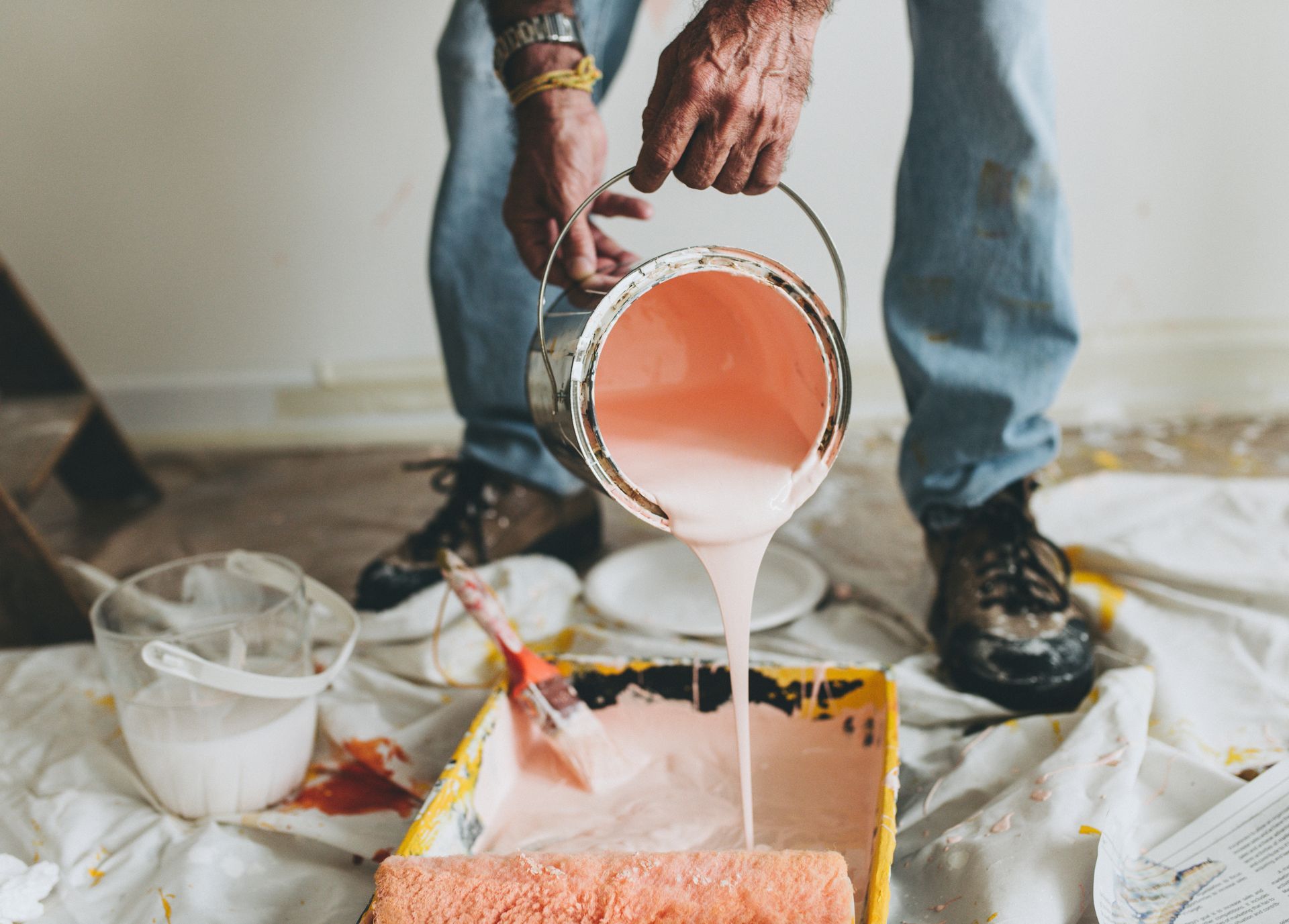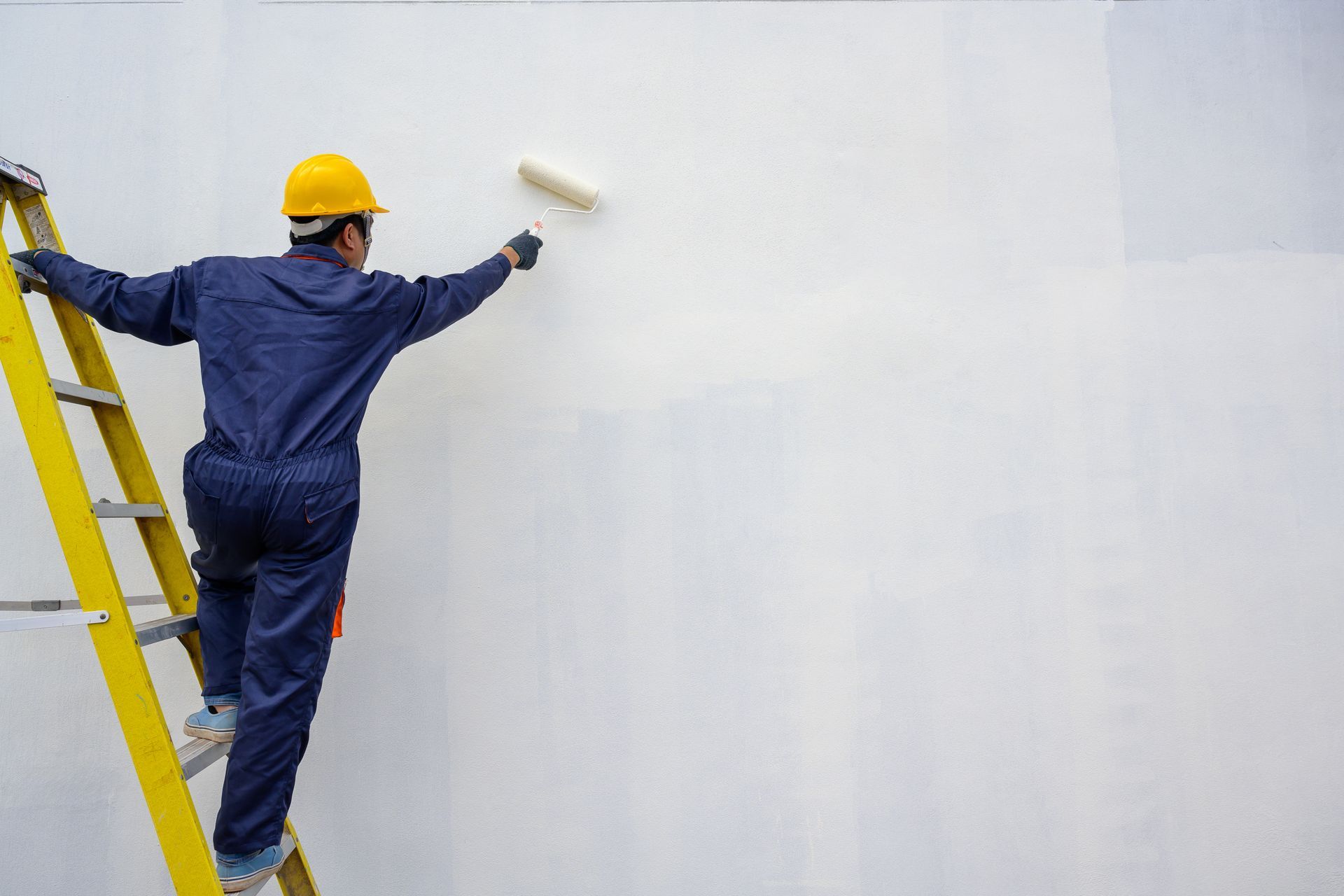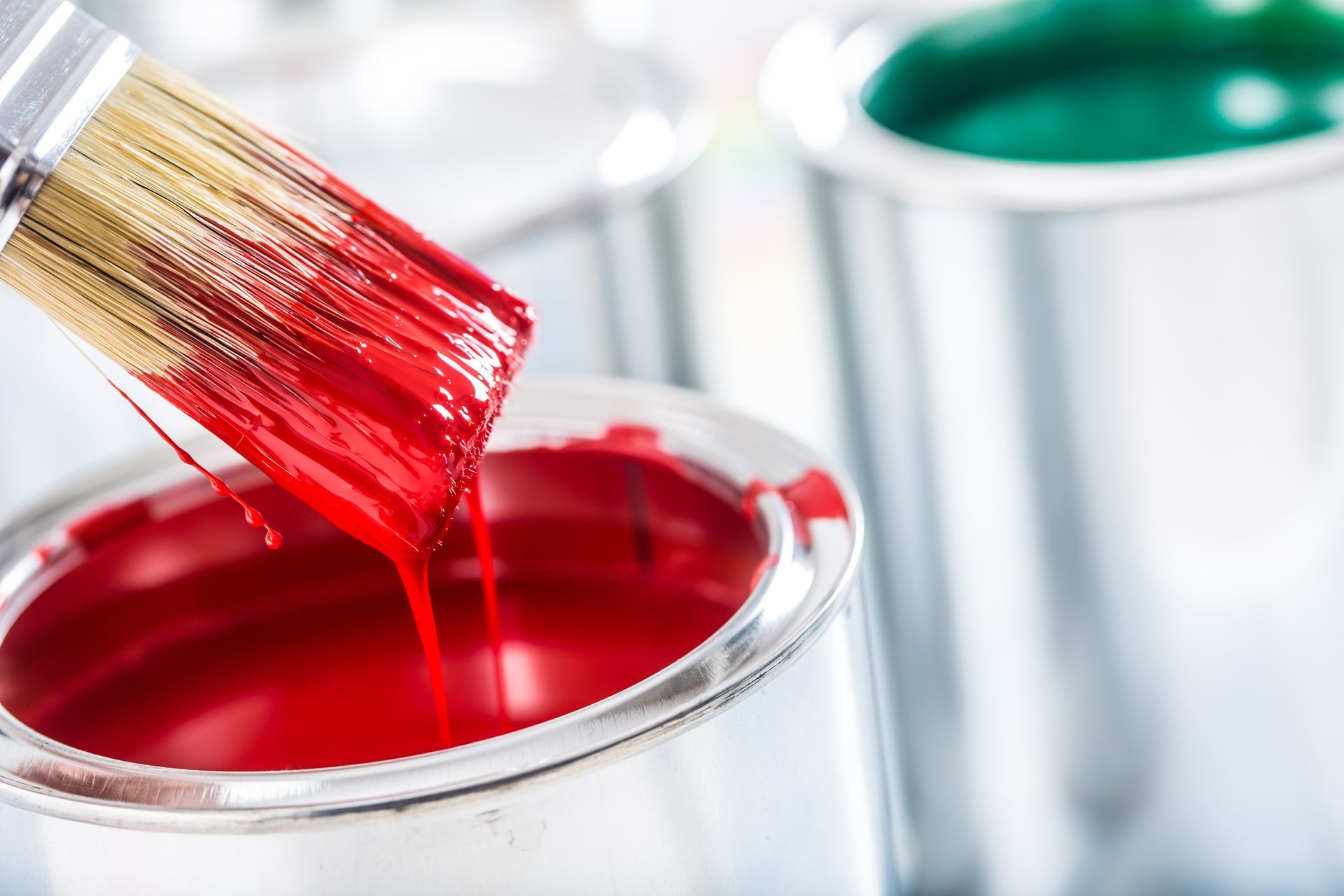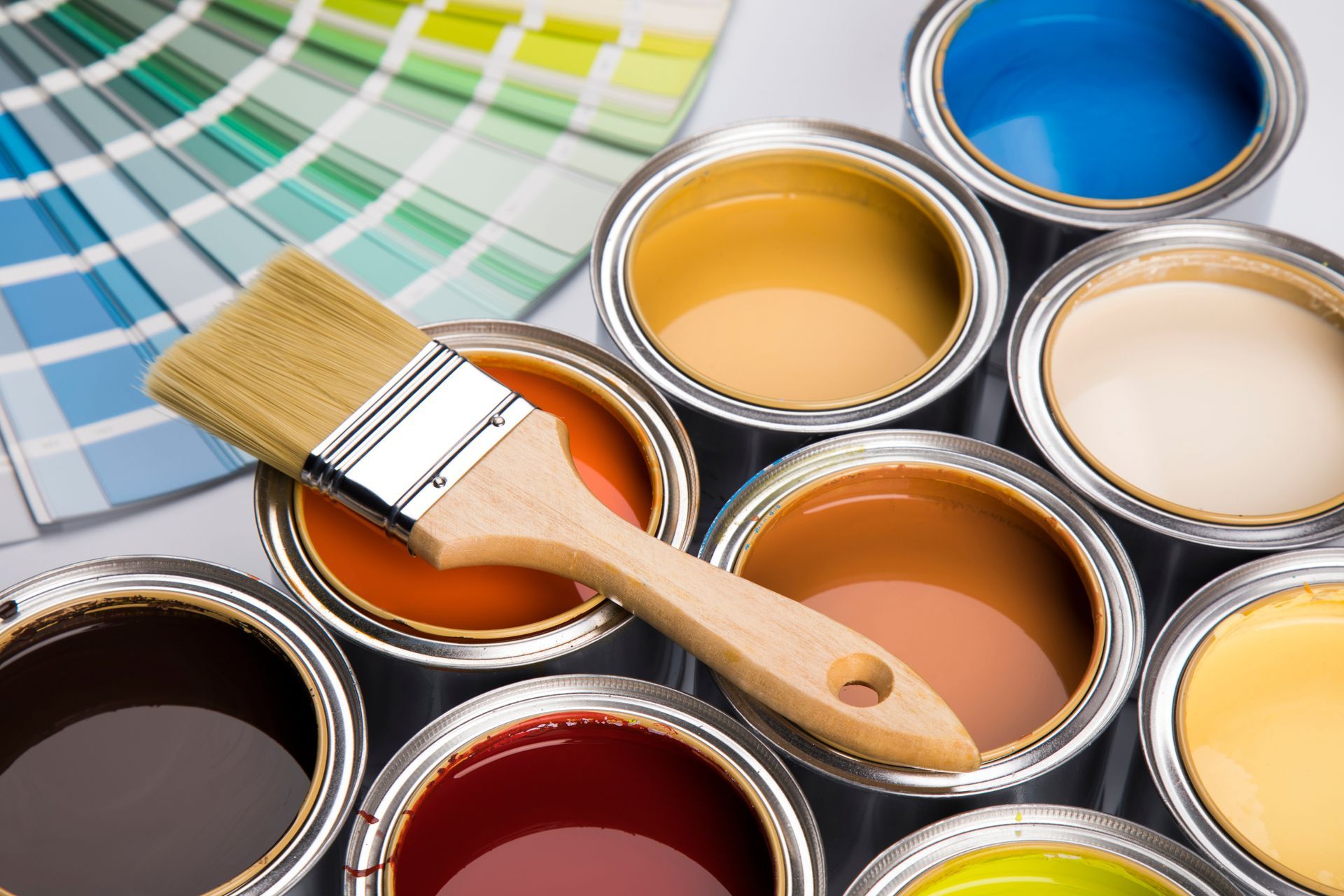If you’re looking to refresh your space with a fresh coat of paint, getting professional results doesn’t require a big budget—just the right techniques! In this guide, we’ll walk you through how to paint trim, make quick wall repairs, and handle details like covering outlets and switches, all while achieving professional-level results.
How to Paint Trim Like a Pro

Painting trim can transform your room and add a polished look, but it requires precision and patience. Here are the essential steps:
- Clean and prep: Wash the trim with mild soap and water, then sand it lightly with fine-grit sandpaper to ensure smoothness.
- Use painter’s tape: Carefully tape off the edges to prevent paint from bleeding onto walls or floors. Ensure the tape is pressed down firmly.
- Pick the right brush: A high-quality angled sash brush works best for control and precision.
- Apply in thin layers: Use long, even strokes and allow the paint to dry fully between coats for a durable finish.
Pro Tip: Remove painter’s tape while the paint is still slightly wet to avoid peeling.
Quick Wall Repairs Before Painting
A smooth wall surface is the foundation of a great paint job. Follow these steps to repair imperfections:
- Fill holes and cracks: Use a lightweight spackling compound for small blemishes and a patch kit for larger holes.
- Sand and smooth: After the spackle dries, sand the area to blend it with the surrounding wall.
- Clean the walls: Wipe down the surface to remove dust and grease for better paint adhesion.
- Prime the repairs: Cover the patched areas with primer to ensure a uniform finish.
Pro Tip: Don’t skip primer—it prevents uneven textures and helps the paint adhere better.
Covering Outlets, Switches, and Fixtures
When painting around outlets, switches, and fixtures, a little prep work can go a long way. Start by removing faceplates to create clean edges. Use painter’s tape to cover the exposed outlets or switches and wrap larger fixtures in plastic, securing it with tape. While painting, use a small, angled brush for precise work around these areas. Once the paint is dry, reattach the faceplates for a polished look.
Creating a Flawless Finish with High-Quality Tools
When painting around outlets, switches, and fixtures, a little prep work can go a long way. Start by removing faceplates to create clean edges. Use painter’s tape to cover the exposed outlets or switches and wrap larger fixtures in plastic, securing it with tape.
While painting, use a small, angled brush for precise work around these areas. Once the paint is dry, reattach the faceplates for a polished look.
Why Prep Work is Non-Negotiable
Experienced painters know that proper preparation is the key to a flawless finish. Skipping essential steps like cleaning, sanding, or priming can lead to uneven coverage and wasted time. Taking the time to prep your surfaces correctly is an investment that pays off.
By removing dirt, patching imperfections, and creating a clean, smooth base, you'll achieve a finish that's not only visually stunning but also durable and long-lasting. Proper prep work ensures your paint adheres evenly and delivers professional-looking results every time.
Frequently Asked Questions (FAQ)
Q: Do I need to sand walls before painting?
A: Sanding walls is not always necessary, but it’s a good idea if the walls are glossy, have uneven textures, or if you’re painting over patched areas. Sanding helps create a smooth surface for the paint to adhere to.
Q: How many coats of paint do I need?
A: Most projects require two coats of paint for even coverage and a vibrant finish. However, some high-quality paints designed for one-coat coverage may work, depending on the color and surface.
Q: Should I use primer every time?
A: Primer is crucial when painting over dark colors, new drywall, or stained surfaces. It helps the paint adhere better and ensures an even finish.
Q: What type of paint finish should I choose?
A: The finish depends on the room and surface. For example, flat or matte finishes work well for ceilings and low-traffic areas, while semi-gloss or satin finishes are ideal for trim and high-traffic spaces like kitchens and bathrooms.
Q: How do I clean brushes and rollers after painting?
A: For water-based paints, rinse brushes and rollers with warm, soapy water. For oil-based paints, use a paint thinner or mineral spirits. Always follow the cleaning instructions on the paint label.
Q: Can I paint over old paint without priming?
A: You can paint over old paint if it’s in good condition and the surface is clean. However, priming is recommended for drastic color changes or if the existing paint is peeling or damaged.
With these tips in your toolkit, you’re ready to tackle your next painting project with confidence. By focusing on preparation, using quality tools, and mastering the techniques outlined here—along with advice from local painters near me—you’ll achieve professional-level results and transform your space beautifully!
Recent Blogs




Get A Fast Quote Online
Have a painting project you need a quote for? Submit a fast and easy quote request online
Pioneer Painters is a Painting Contractor in Longmeadow, Massachusetts and the surrounding areas. Call today for more Painter Service Information.
Site Links
All Rights Reserved | Pioneer Painters

